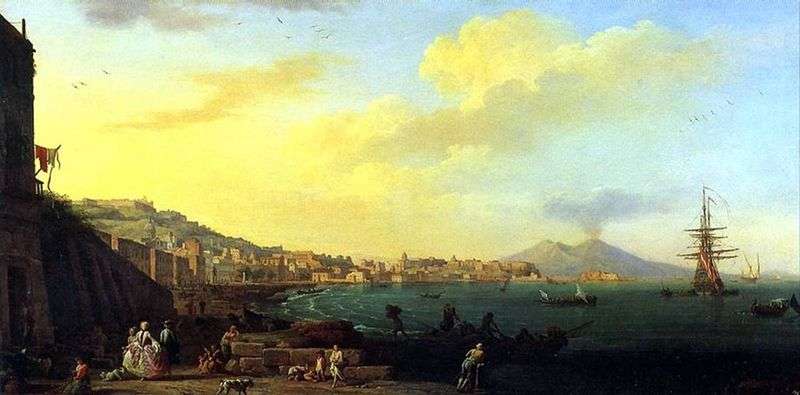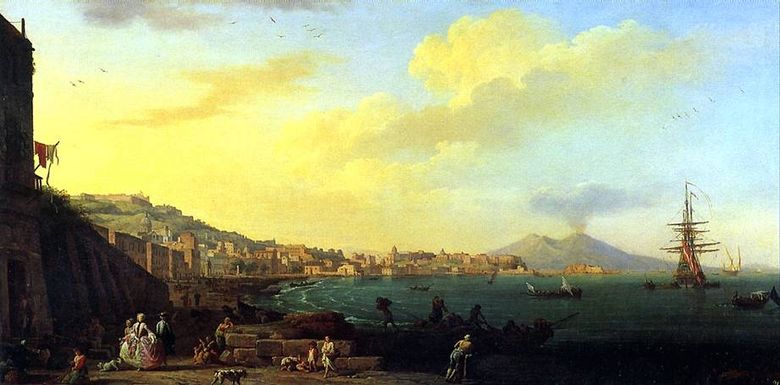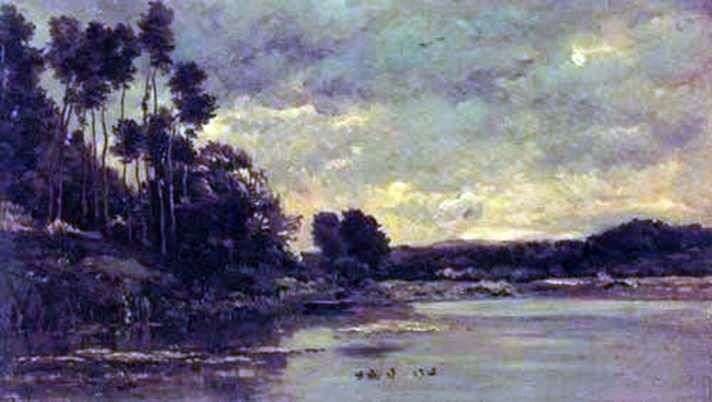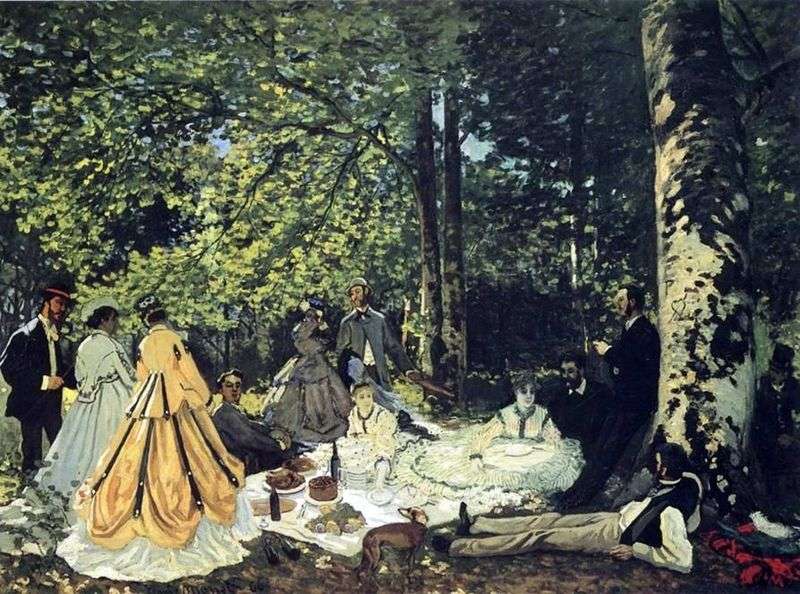
Claude Vernet refers to those French artists who diligently worked oil from nature, continuing the Franco-Roman tradition, which went back to the color fixings of K. Lorren.
Vernet studied for a long time in Italy – he spent nineteen years there. The artist wrote a lot from nature, carefully studying and fixing various states of light and air. His Italian works are not like the then widespread decorative landscapes.
The paintings of Verne are distinguished by their observability, subtlety in the transfer of the ratio of the terrestrial and air environment, inspired realism. Sometimes, with an irony, the artist writes everyday scenes unfolding, for example, on the coast. Later, Verne wrote fantasy landscapes from memory, but his enthusiastically enthusiastic perception of the world was preserved, as well as the ease with which his works seem to be executed.
Other famous works: “Villa Pamphili”. The Pushkin Museum. A. S. Pushkin, Moscow; “Villa Ludovisi”. 1749. The Hermitage, St. Petersburg; “Antique City of Agrigento. Landscape-Fantasy.” OK. 1787. Louvre, Paris; “View of the Bridge and the Castle of St. Angel.” 1745. Louvre, Paris; a series of 15 paintings “Ports of France.” Maritime Museum, belong to the Louvre, Paris.
 Vue de Naples avec le Vésuve – Claude Vernet
Vue de Naples avec le Vésuve – Claude Vernet Vista de Nápoles con el Vesubio – Claude Vernet
Vista de Nápoles con el Vesubio – Claude Vernet The Imaginary View of the Great Gallery in Ruins by Hubert Robert
The Imaginary View of the Great Gallery in Ruins by Hubert Robert Wooden bridge by Eugene Izabe
Wooden bridge by Eugene Izabe Invalid, submitting a petition to Napoleon on the parade of the Guards before the palace of the Tuileries in Paris by Horace Vernet
Invalid, submitting a petition to Napoleon on the parade of the Guards before the palace of the Tuileries in Paris by Horace Vernet Beach by Charles Dobigny
Beach by Charles Dobigny View of Rome by Claude Lorrain
View of Rome by Claude Lorrain Breakfast on the Grass by Claude Monet
Breakfast on the Grass by Claude Monet